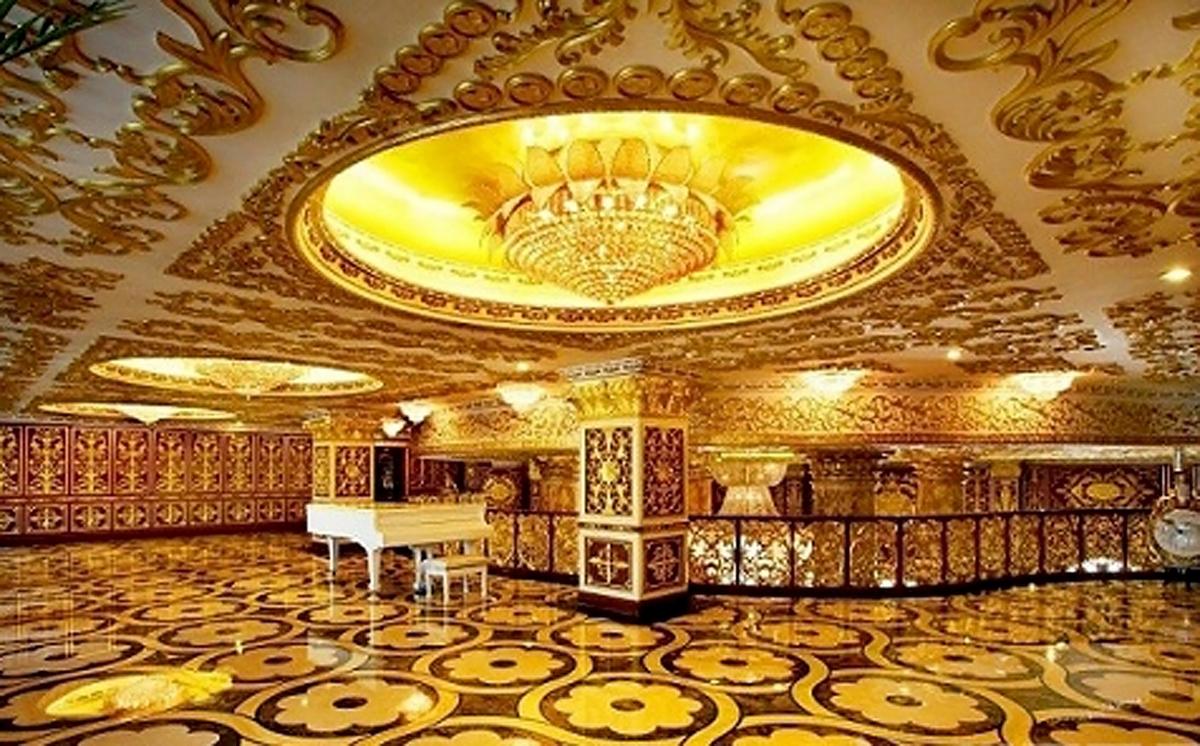Deserted streets, unfinished high-rises, and uninhabited apartment complexes characterize China’s “ghost cities,” built solely to stimulate economic growth. While sleek and prestigious, these ghost cities, like Kangbashi in Inner Mongolia, lay abandoned, failing to attract anyone except foreign reporters due to soaring property prices.
But the highly publicized “ghost cities” of China are not the only frivolous and extravagant construction projects in China.
Here are 5 of the most wasteful construction projects in China in recent years.
1. A Pharmaceutical Palace

STR/AFP/Getty Images





